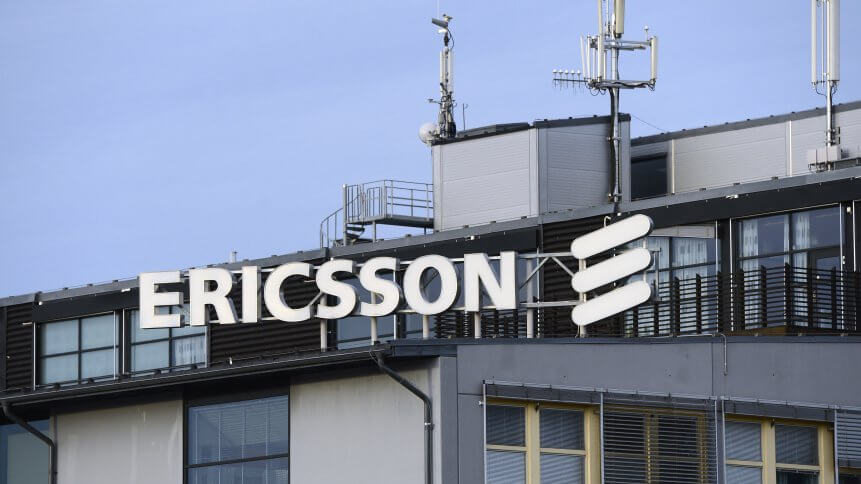Ericsson diversifies into remote office subscription service

- Ericsson is eyeing emerging opportunities in the enterprise segment
- The company unveiled a subscription service for small businesses to start working from home in minutes with access to licensed apps, cloud storage, and security tools
- Ericsson will continue to invest in R&D in 2021 and is witnessing good growth opportunities in 5G, especially in the growing enterprise sector
Swedish mobile infrastructure provider Ericsson has been diversifying into other business areas, eyeing emerging opportunities in the enterprise segment. Most recently, the company unveiled a subscription service for all remote working small businesses in North America that would allow employees to enable their remote office in minutes with access to licensed apps, cloud storage, and security tools.
The service centers around making the remote office accessible and easy to operate, whereby a business customer can buy applications from a marketplace, access the platform from any device, and would not need a dedicated IT technician to set up the system. Not only can the remote worker be activated in minutes, but which employees can get access to certain apps or capabilities can also be remotely controlled, according to the head of business area technologies and new businesses Åsa Tamsons.
Ericsson started working on the subscription service with just two employees in March 2020, before adding over 100 workers later and buying a virtual desktop company, Tamsons said. Subscription rates start at around US$100 per employee, per month, Ericsson said. The company has tied up with various companies to offer access to business applications like the Microsoft Office suite and cloud-based graphic design software.
The possible downside however is that the company is expected to face competition from smaller companies offering remote office products to big tech companies such as Microsoft and Cisco selling software catering to remote working. Overall, the total addressable market in the US for virtual workspaces is about US$90 billion, representing about 40% of the workforce, Ericsson estimated. The Swedish company said it has partnered with technology services distributor Telarus to sell subscriptions for the platform.
The diversification in Ericsson
In March this year, Ericsson said that the company will continue to invest in R&D this year, and is witnessing good growth opportunities in 5G, especially in the growing enterprise sector. At the Shareholder Dialogue 2021 event, President and CEO Börje Ekholm said their strategy remains in place, “but we see great growth opportunities in the enterprise segment, which is why we have expanded our strategy with investments in enterprise applications. In the same way that 4G made it possible to digitalize the consumer market, 5G will digitalize the enterprise sector”.
It started in 2020 when Ericsson forayed into the enterprise market by acquiring Cradlepoint Cradlepoint’s solutions which enable companies to connect sites, vehicles, remote workforces, and IoT devices using cellular networks. Ekholm noted that the company’s focus will be on driving growth, investments in market share to ensure scale, but it will also be eyeing emerging opportunities in the enterprise segment.
He further said that Ericsson this year will be investing to strengthen its position in the market but expects margins to be hit by lower patent licensing revenues due to important contract renewals, the acquisition of Cradlepoint, and investments in the business. Over the past years, Ericsson has increased its R&D investments by almost SEK 10 billion (US$1.2 billion), and today more than a quarter of Ericsson employees work within R&D.
“However, these are not costs, but rather investments to strengthen our position. We’re taking half a step back in order to be able to accelerate. The year 2021 will continue to see strong 5G rollouts, carrying the momentum created during the last year,” Ekholm emphasized. According to assessments made by Ericsson, there were around 220 million 5G subscribers at the end of 2020 compared to 12 million in 2019. The chief executive said Ericsson announced 44 5G contracts and closed the year with 122 commercial agreements and 79 live 5G networks globally, while it had more than 57,000 granted patents for cellular technology.










